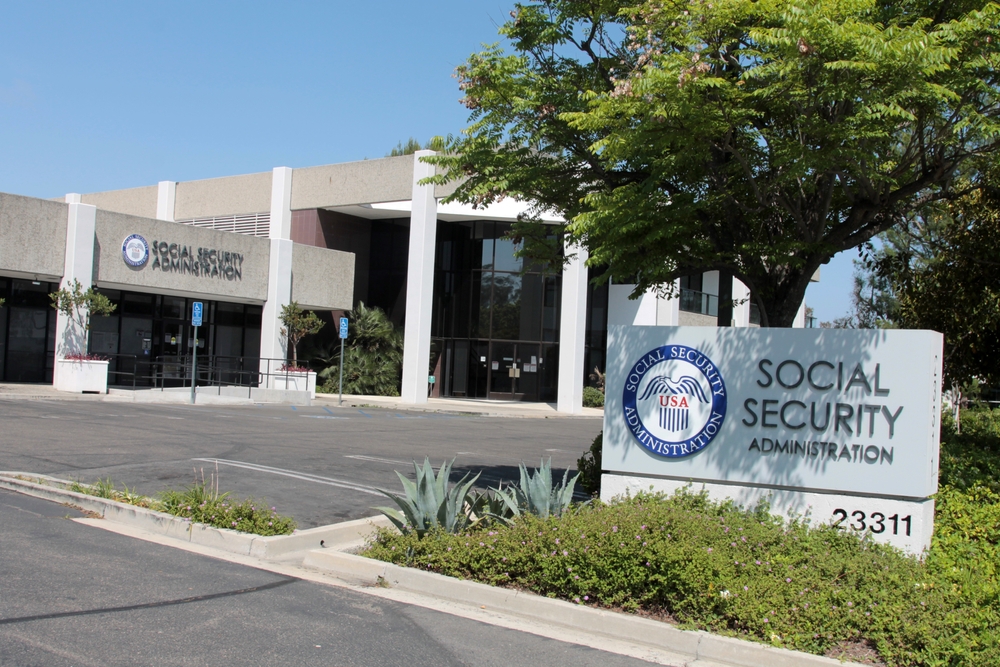
Social Security is a pillar of retirement planning for millions of Americans. But with shifting demographics and ongoing debates in Congress, many people wonder what the Social Security system will look like by 2030. If you’re planning your retirement or already receiving benefits, the future of Social Security is more than just a headline—it’s a crucial part of your financial future. Understanding potential changes helps you make smarter decisions now and prepare for what’s ahead. The next few years could bring significant adjustments, and being informed is the first step to staying ready. Here’s what you might expect from Social Security by 2030.
1. Gradual Increase in Full Retirement Age
The Social Security system has already seen its full retirement age (FRA) rise from 65 to 67 for those born after 1960. By 2030, there’s a real possibility the FRA could inch even higher, perhaps to 68 or beyond. Lawmakers often see this as one of the least painful ways to shore up Social Security’s finances.
If you’re in your 40s or early 50s now, this could mean working longer before you’re eligible for full benefits. Early claiming will likely still be possible, but with even steeper reductions. Planning ahead for a later retirement age could help you avoid surprises down the road.
2. Adjustments to Social Security Payroll Taxes
Currently, payroll taxes fund most of Social Security’s revenue, but only wages up to a certain limit ($160,200 in 2023) are taxed. By 2030, Congress may raise or even eliminate this cap to increase funding. Some proposals suggest applying the tax to earnings above $400,000 as well, effectively creating a “donut hole” where income in the middle remains untaxed.
Raising the payroll tax cap would bring in more money to support the Social Security system. While this change would mainly affect higher earners, it could help stabilize the program for everyone. If you’re a high-income earner, your retirement planning might need to account for higher payroll deductions in the coming years.
3. Potential Benefit Reductions or Formula Changes
Social Security benefits are based on your lifetime earnings and a progressive formula. By 2030, the formula could be tweaked to slow the growth of benefits, especially for higher earners. Some ideas include switching to a different inflation index for cost-of-living adjustments or reducing benefits for people with above-average incomes.
This could mean smaller monthly checks for some future retirees, especially those who have earned more over their careers. If your retirement plan leans heavily on Social Security, it’s smart to consider how a smaller benefit might affect your budget. Diversifying your retirement savings can help cushion the impact.
4. Expanded Benefits for the Most Vulnerable
Even as lawmakers look to tighten Social Security’s finances, there’s bipartisan support for boosting benefits for certain groups. By 2030, the Social Security system could offer more generous minimum benefits for low-income retirees, improved survivor benefits for widows and widowers, and better support for disabled Americans.
These changes aim to reduce poverty among older adults and people with disabilities. If you or a loved one relies on Social Security as a primary source of income, these enhancements could offer extra security. For others, the impact may be less direct, but a more robust safety net helps create a stronger society overall.
5. More Digital Access and Service Improvements
By 2030, the Social Security Administration (SSA) will likely lean even more on digital tools. Expect easier online applications, faster processing times, and better access to your personal Social Security information. The pandemic pushed the SSA to accelerate its digital transformation, and this trend shows no signs of slowing down.
While this should make life simpler for most people, those less comfortable with technology might need extra support. The SSA is likely to maintain phone and in-person services, but online options will probably become the norm. Staying familiar with the SSA’s digital tools can help ensure you don’t miss out on important updates or benefits.
6. Increased Focus on Social Security System Solvency
The Social Security system’s long-term solvency is a hot topic. Current projections show that by the early 2030s, the program’s trust fund could be depleted, leaving payroll taxes to cover only about 75% of scheduled benefits. By 2030, the need for a permanent fix will be front and center in Washington.
Possible solutions include a mix of tax increases, benefit adjustments, and raising the retirement age. No matter what changes come, the Social Security system will likely remain a key part of retirement planning. It’s wise to keep an eye on developments and factor potential changes into your own plans.
Preparing for Social Security by 2030
Social Security by 2030 will almost certainly look different from today. While the details are still being debated, the main themes are clear: later full retirement ages, possible tax increases, targeted benefit changes, and a bigger focus on digital access. The Social Security system will keep evolving, and staying informed will help you make better choices for your future.
How are you planning for Social Security changes by 2030? Share your thoughts or questions in the comments below!
What to Read Next…
- What Happens to Your Social Security If the Government Shuts Down Again
- Is Your Social Security About to Shrink Unless Congress Acts Fast
- 5 Quiet Changes to Social Security That Reduce Spousal Benefits
- 7 Asset Transfers That Disrupt Your Social Security Benefits
- Why Women Over 40 Are Twice as Likely to Outlive Their Retirement Plans
The post Here’s What Social Security Could Look Like by 2030 appeared first on The Free Financial Advisor.







